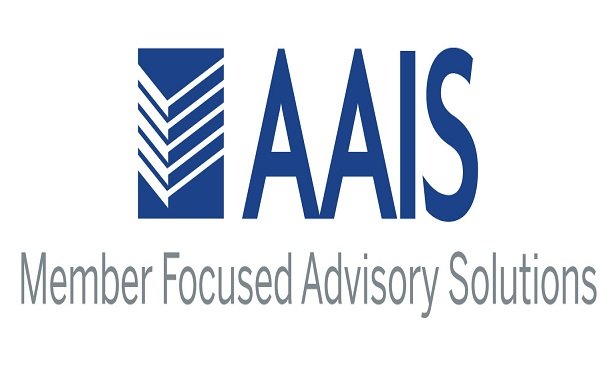LONDON, Oct. 18 (Reuters)—Insurers are seldom fazed by technicalcomplexity or heavy expenditure, yet even they have flinched whenconfronted with the intricacy and high implementation costs ofSolvency II, a set of new capital rules for the European insuranceindustry.
|That makes Solvency II an unlikely money-making opportunity formainstream investors.
|But some experts believe those with the right risk appetiteshould be able to turn a decent profit from the new rules.
|The key opportunity lies in buying insurers' subordinated debt,which can only count towards their Solvency II capital in limitedquantities, and is therefore likely to be bought back at par as thenew regime takes effect from 2013, said Urs Ramseier, managingpartner at Zurich-based asset manager Twelve Capital.
|With the bonds currently trading on average at a 35 percentdiscount, weighed by insurers' exposure to the euro zone sovereigndebt crisis, such buybacks could deliver stellar returns toinvestors.
|“August and September were very weak months for this market.That's why we believe now is a very good entry point,” saidRamseier, whose firm manages 100 million euros ($138 million) ofsubordinate insurance debt on behalf of European pension funds andfamily offices.
|Some sector watchers reckon the depressed price of insurancedebt makes it a good bet even without the prospect of issuerredemptions.
|Credit analysts at Morgan Stanley are expecting a “bear marketrally” in European insurers' bonds as measures to shore up thefinances of critically-indebted euro zone nations boosts investorsentiment, they wrote in a note on Oct. 7.
|The high coupon yield on depressed subordinate bonds has alsomade them a relatively expensive source of capital, giving insurersan added incentive to buy them back, either through formalredemptions or opportunistic purchases in the market.
|Insurers including Munich Re , Standard Life and Aviva haverepurchased bonds in the past year.
|“There can be different motivations for buying back this debt,and it could involve both economic reasons and at the same time adesire to replace it with Solvency II-compliant debt,” said DominicSimpson, a vice-president at credit rating agency Moody's.
|However, hoovering up subordinated insurance debt is not withoutrisk. The market slumped by up to a fifth as the euro zonesovereign crisis accelerated in August and September, and willlikely remain volatile in the absence of a lasting solution.
|There is uncertainty also over the timing of any bondredemptions as insurers look set to benefit from a transitionperiod of up to 10 years to adjust their capital structures.
|The European Union authorities could agree on the precisetransition – or “grandfathering” – arrangements in early 2012.
|“If the grandfathering is 10 years, then clearly that is goingto give insurers a lot more time,” said Simpson of Moody's.
|“That could dampen the incentive to call early.”
|There are currently about 85 billion euros of subordinatedinsurance bonds in circulation, according to Twelve Capital.
|Solvency II is intended to protect policyholders and investorsby making insurers align their capital reserves more closely withthe risks they underwrite.
|The rules are currently scheduled to come into force on Jan. 1,2013, although the industry expects their introduction to bedelayed by one year.
Want to continue reading?
Become a Free PropertyCasualty360 Digital Reader
Your access to unlimited PropertyCasualty360 content isn’t changing.
Once you are an ALM digital member, you’ll receive:
- All PropertyCasualty360.com news coverage, best practices, and in-depth analysis.
- Educational webcasts, resources from industry leaders, and informative newsletters.
- Other award-winning websites including BenefitsPRO.com and ThinkAdvisor.com.
Already have an account? Sign In
© 2024 ALM Global, LLC, All Rights Reserved. Request academic re-use from www.copyright.com. All other uses, submit a request to [email protected]. For more information visit Asset & Logo Licensing.








